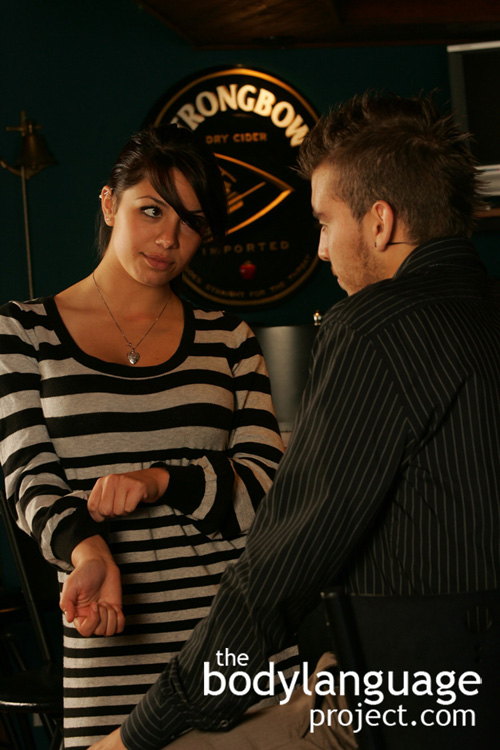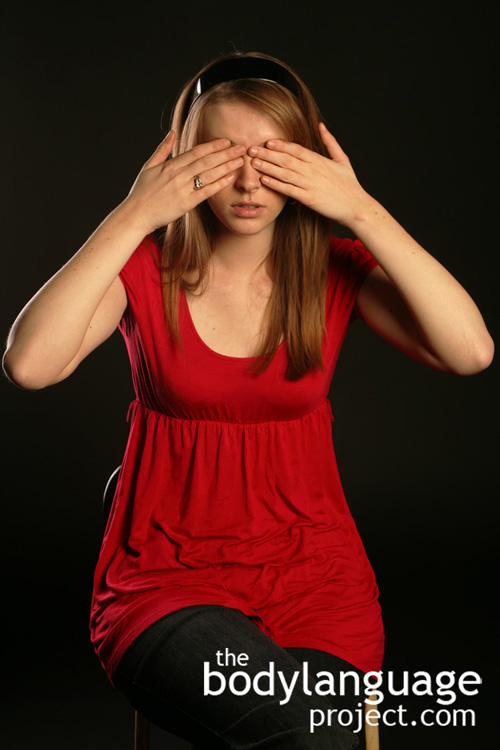When presenting to an audience it can be intimidating to hold eye contact, but it’s a necessary condition for delivering a message effectively. Eye contact need not be met with each individual person in an extremely large audience because most people won’t be able to distinguish specific eye direction anyway. Depending on the size of the crowd and the distance at which the presenter speaks, eye contact made at one person might seem to be directed at as many as five or even fifteen people surrounding them.
To make eye contact easier when addressing a crowd, you should centre out someone that you find less intimidating as the first person to make eye contact with. As people make their way into the room and as you organize, you’ll have plenty of time to centre someone out. Generally, this person should be at the center of the audience. Next you should choose at least one person in every corner of the room from which you can jump back in forth over the course of the presentation. If you find this intimidating, you can choose inanimate objects such as an exit sign or an empty chair to focus on or you can direct your gaze above their eyes such as to their foreheads or their hair instead. Your introduction is your first impression and is therefore the most crucial time during the presentation to make eye contact.
As the size of the group grows, it becomes more difficult to make a solid connection, making eye contact even more important. The nature of addressing larger groups says that we generally address them from further away than we would a smaller group. This is especially the case for groups larger than fifty. Groups with two, to about fifteen, should make it easy to make eye contact with everyone, so a good solid attempt should be made to do just that. If you accomplish this, the impression will be the strongest possible. You never really know which people will yield the most constructive interactions at the end of your presentation, so you will want to keep all avenues open.
While answering a question be sure to hold eye contact with the inquirer directly, rather than the audience at larger, especially when you first begin to respond. If the material turns into something that is of general audience interest, feel free to resume eye contact with the rest of the people. Eye contact should be held with each audience member momentarily instead of shifting from person to person hastily. Ideally, you will shift your view from person to person to emphasis points or transitions in your speech. Your rate of speech should be slower than the rate at which you would speak to a friend since any missed information can’t be easily or quickly clarified with questions. Also be sure to vary the rate of your speech, the tone and the pitch thereby avoiding monotony.







